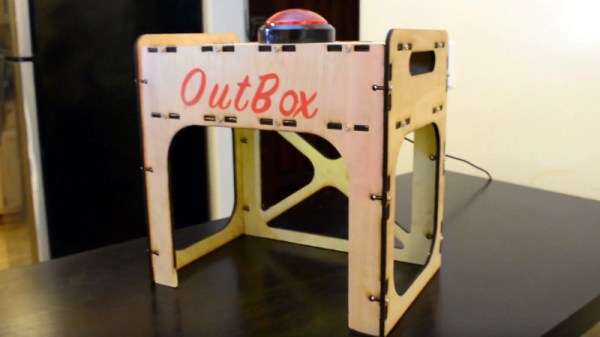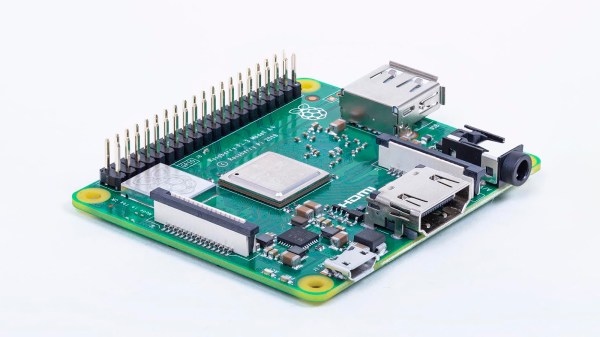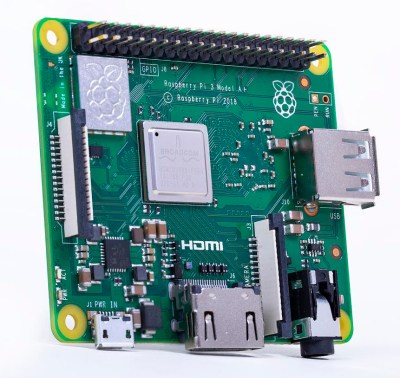Social media can connect us to a vibrant worldwide community, but it is also a huge time sink as it preys on both our need for attention and our insatiable curiosity. Kept on a leash by those constant notification sounds, we can easily look up from our phones to find half a day has gone and we’re behind with our work. [Laura Lytle] has a plan to tackle this problem, her OutBox project involves a single button press machine that posts a picture to Twitter of whatever is put in it. It’s not just another gateway to social media addiction though, she tells us it follows Design For Disuse principles in which it must be powered up and adjusted for each picture, and that it provides no feedback to satisfy the social media craving.
Under the hood of the laser-cut housing reminiscent of an older hobby 3D printer is a Raspberry Pi 3 Model A+ and a webcam, with a ring of LEDs for illumination. On top is the only interface, a small “arm” button to set things up and a big red arcade button to do the business. The software is in Python, and provides glue between resizing the photo, uploading it to a cloud service, and triggering ITTT to do the Tweeting. You can see the whole thing in the video below, and the result is a rather eye-catching device.
Of course, there are other ways to keep yourself off social media.














